While many travelers dream of visiting popular destinations like Hawaii or Paris, others are drawn to places that are mysterious, remote, or entirely off-limits. While these locations may not be open to the public, their fascinating histories and unique characteristics make them worth learning about. Here are some of the most intriguing places in the world that remain inaccessible to most visitors.
Snake Island, Brazil

Off the coast of Brazil lies Ilha da Queimada Grande, more commonly known as Snake Island. This island is home to a large population of golden lancehead vipers, a species found nowhere else in the world. Due to the high number of these venomous snakes, access to the island is restricted to researchers and conservationists. The island remains protected to ensure the safety of both the local wildlife and people.
North Sentinel Island, India

Located in the Bay of Bengal, North Sentinel Island is home to the Sentinelese, one of the few remaining uncontacted Indigenous groups in the world. They have maintained their isolation for centuries and are known to resist outside interaction. To protect their way of life, as well as for the safety of outsiders, the Indian government has declared the island off-limits.
Tomb of Qin Shi Huang, China
Lascaux Caves, France

The Lascaux Caves in Montignac, France, contain some of the most significant prehistoric cave paintings, created by early humans over thousands of years. However, to prevent damage caused by exposure to light and air, the original caves have been closed to visitors. Instead, an exact replica, Lascaux II, was built nearby to allow people to experience the artwork without affecting the delicate environment of the original site.
Svalbard Global Seed Vault, Norway
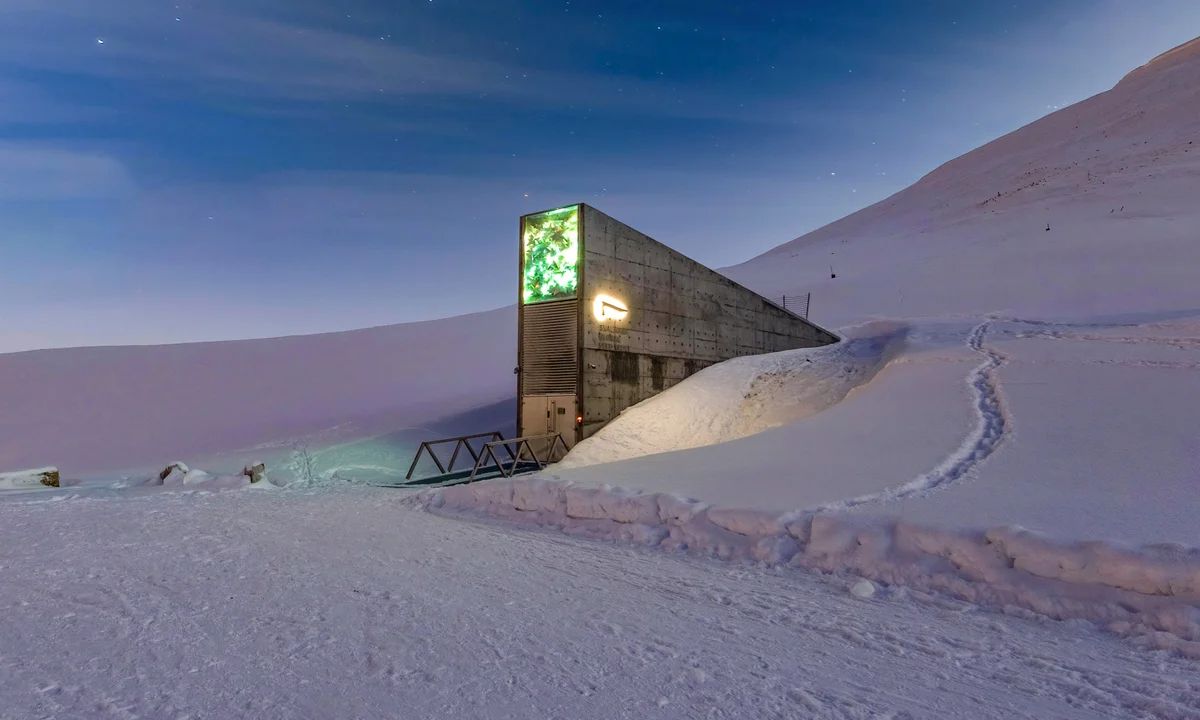
Often referred to as the “Doomsday Vault,” the Svalbard Global Seed Vault in Norway serves as a secure storage facility for plant seeds from around the world. Its purpose is to preserve crop diversity in case of global crises, ensuring future generations have access to essential plant species. Due to the facility’s importance, entry is restricted to authorized personnel.
Surtsey Island, Iceland
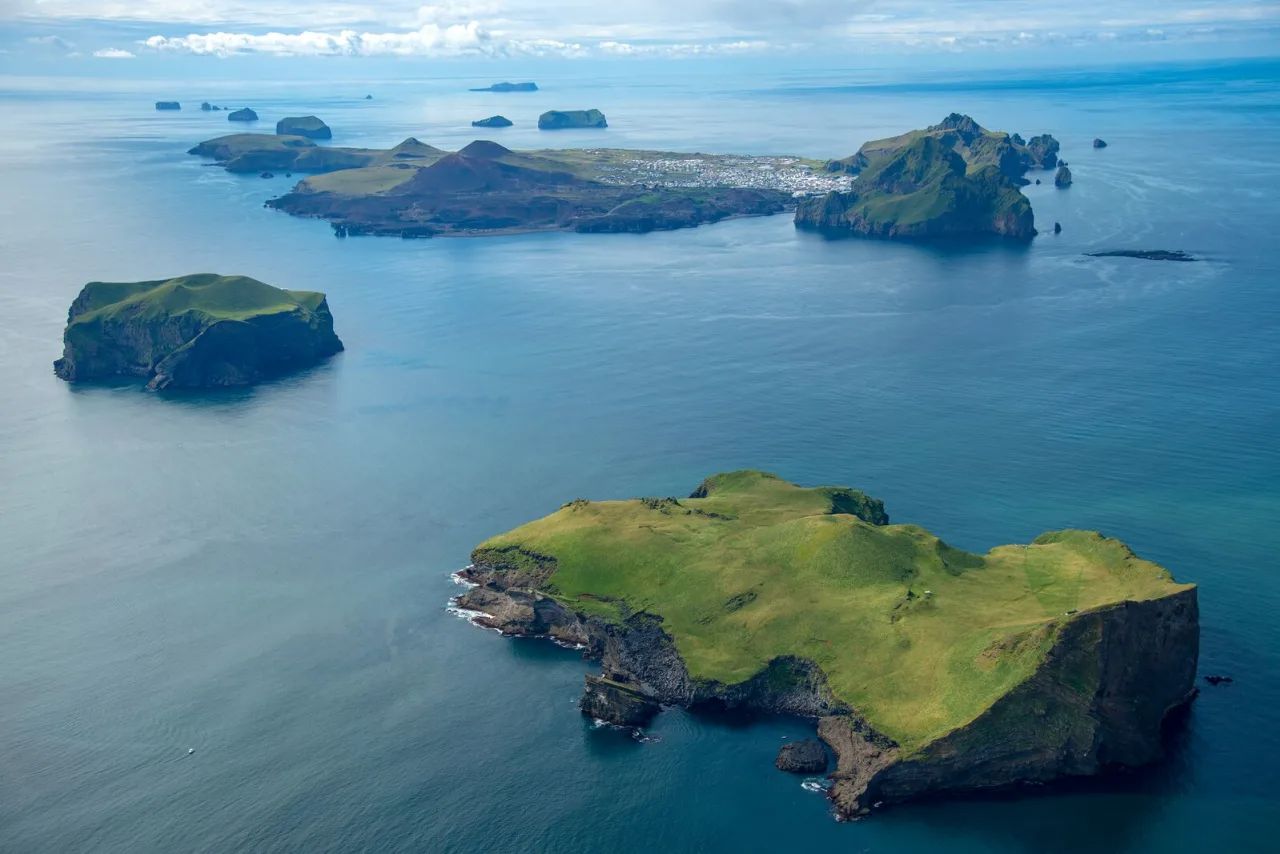
Formed by a volcanic eruption between 1963 and 1967, Surtsey Island is one of the youngest landmasses on Earth. It remains a site for scientific research, allowing experts to study how ecosystems develop without human interference. To protect its pristine environment, the island is closed to the public, with only researchers permitted to visit.
Poveglia Island, Italy

Located in the Venetian Lagoon, Poveglia Island has a long and complex history. It was once used as a quarantine station and later housed a medical facility. Over the years, the island was abandoned and is now off-limits to visitors. While it remains uninhabited, its past continues to be a subject of interest.
Uluru Rock, Australia
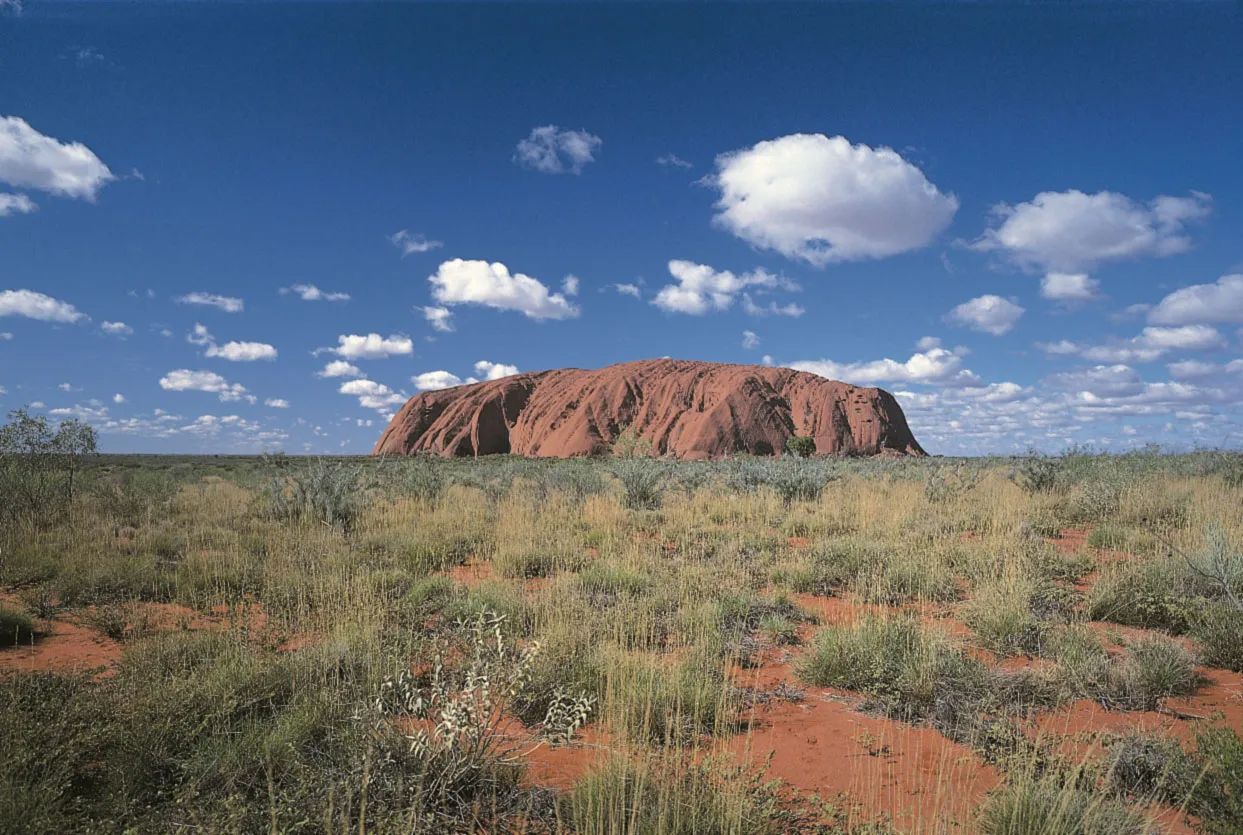
Uluru, also known as Ayers Rock, is a massive sandstone formation in Australia that holds deep cultural significance for the Anangu people. While visitors were once allowed to climb Uluru, the practice was officially discontinued in 2019 to protect the site from erosion and to honor the requests of the Indigenous community. However, travelers can still visit the area and admire Uluru from the ground.
Big Diomede Island, Russia

Located in the Bering Strait, Big Diomede Island belongs to Russia and is situated just a few miles from its smaller counterpart, Little Diomede, which belongs to the United States. Unlike Little Diomede, which has a small population, Big Diomede is primarily used as a weather station and has no permanent residents. Due to its remote location and restricted access, it remains largely unvisited.
North Brother Island, New York City
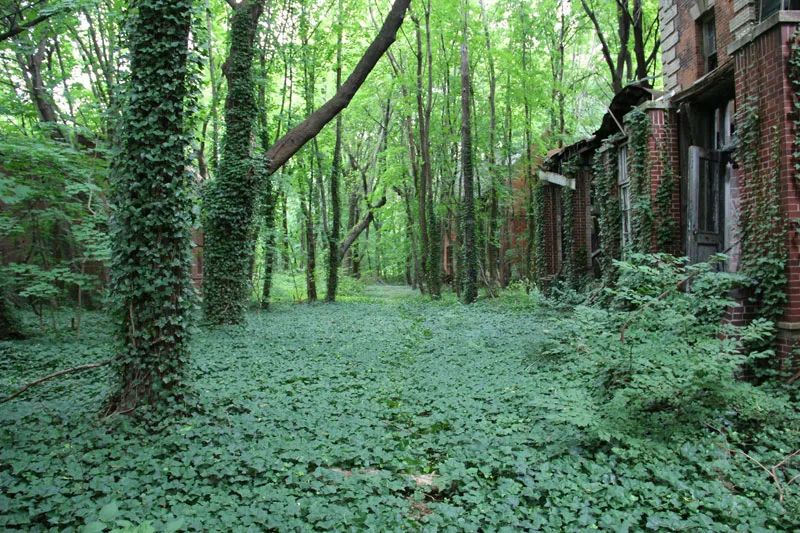
Nestled in the East River near The Bronx, North Brother Island has a rich history. It once served as a quarantine station and later became a hospital for infectious disease patients. Today, the island is abandoned and designated as a bird sanctuary, making it inaccessible to the general public. Researchers occasionally visit to monitor the wildlife, but the island remains off-limits to tourists.
Bhangarh Fort, India

Bhangarh Fort in India is open to visitors during the day, but entry is strictly prohibited after sunset. While the reasons for this rule vary, it is said that local legends and cultural traditions discourage nighttime visits. The fort’s historic ruins continue to attract visitors during the day, offering a glimpse into the region’s past.
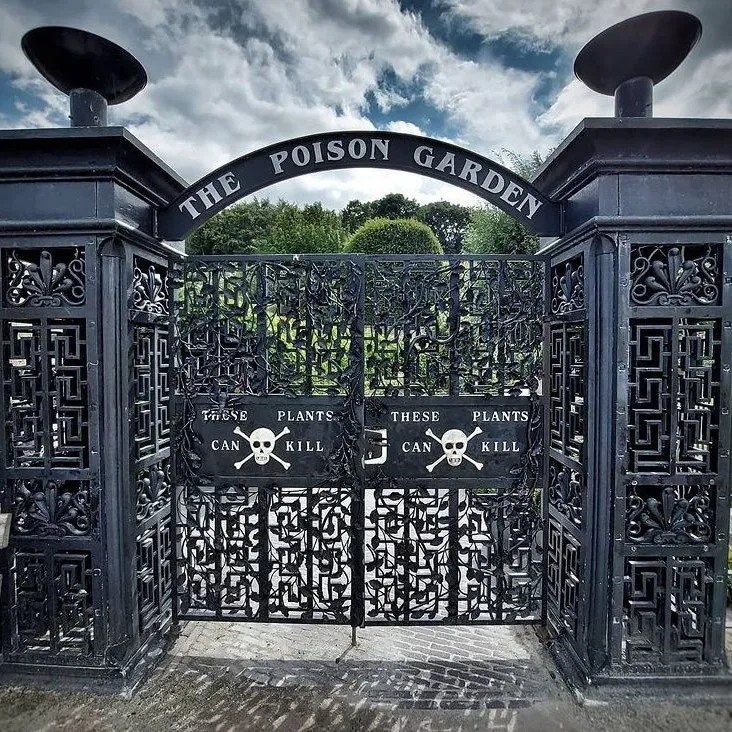

Leave a Reply